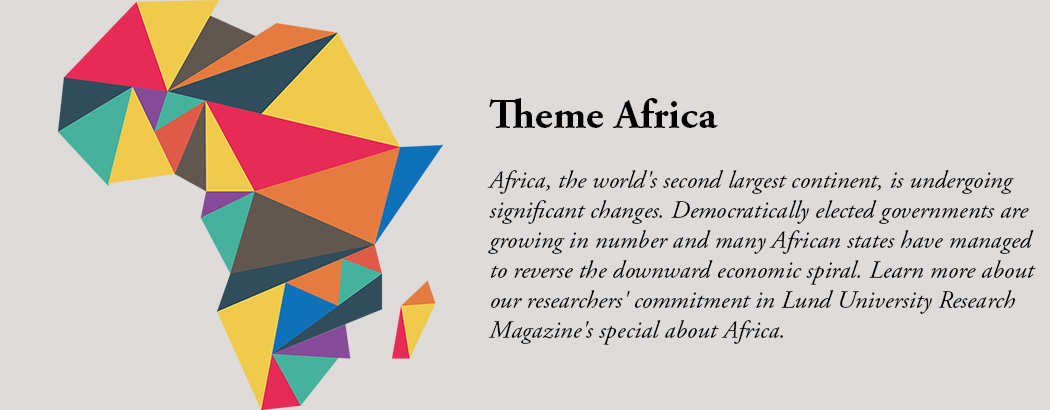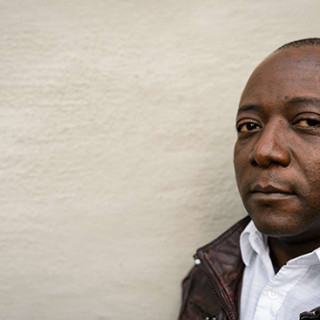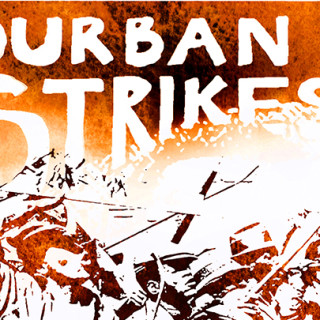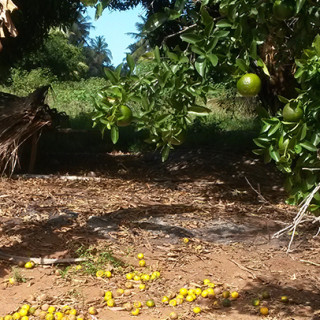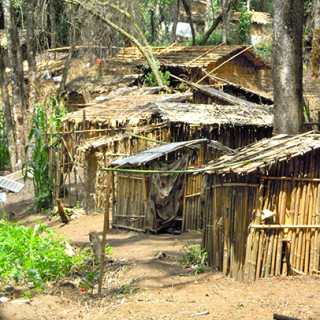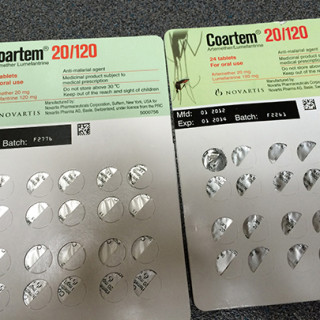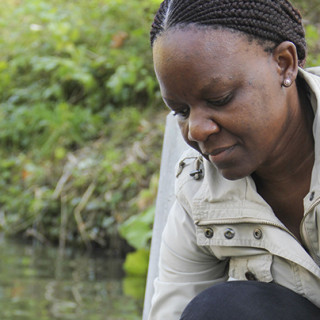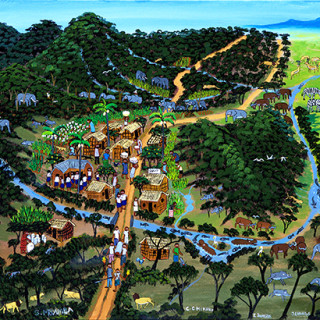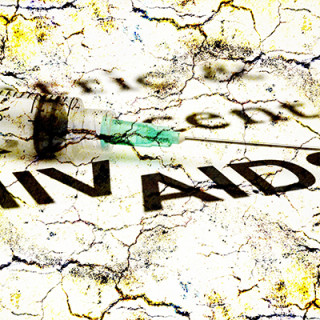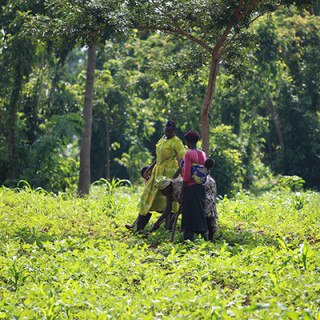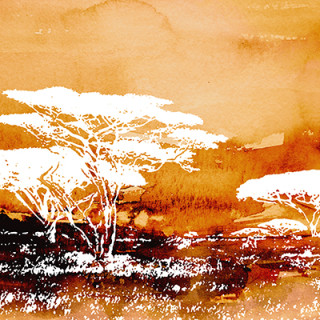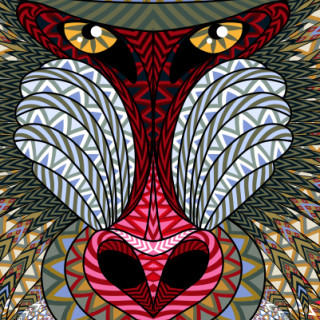- Start
- Themes
- The amazing brain
- Sustainable future
- The digital society
- Is the world becoming a better place?
- Smart society
- Plastic
- Migrations
- Bacteria – friend or foe
- Work for all?
- The inherent power of light
- Africa
- To the last drop
- Our three-dimensional world
- Close to death
- Inspired by nature
- Nano – small things matter
- Epigenetics
- To believe
- Buzzy bees at your service
- Micro-RNA from junk to hotspots
- Categories
- About the magazine
- Svenska
Theme: Africa
Loss of land depletes the African agricultural production
Agricultural land in Africa is highly relevant for foreign investors and the number of unreported cases of illegal land acquisitions is suspected to be high. “Deals” are not always reported and it can be difficult to find the buyers behind them. Most cases of these acquisitions occur in African countries with food shortages....
Africa’s renaissance
Opinion by Ellen Hillbom and Erik Green, Readers in Economic History with a special interest in African Economic History Among the general public and the researchers, Africa has been described as a continent in permanent poverty with weak economic growth. Today the situation is different. Several African countries are among the international growth-leading economies, foreign...
A long walk to freedom
Apartheid, which in Afrikaans means separation, has deep, entangled roots in South Africa. Over the centuries a society was formed with segregation and xenophobia that characterised everyday life. With his book “Ingen enkelriktad väg till frihet” (No one-way road to freedom), historian Jonas Sjölander wants to discover new layers and see other nuances with regard to Sweden’s sanctions against...
Juicy fruit drying in the sunshine
Imagine living in a country with an abundance of fruit, but not being able to preserve them for consumption throughout the year. That is currently the case in many African countries, such as Mozambique. Until now there has been a lack of simple preservation methods, and a lot of fruit...
The different faces of violence
Social anthropologist Anna Hedlund has studied violence in places like Fiji, Papua New Guinea, Bouganville and the Solomon Islands, all the while knowing that it was in the eastern Congo that exposure was at its worst. How do the underlying political, economic and social mechanisms work in war zones? Deep in the Congolese forests she met with...
“Falsified medicines are a growing and underestimated health threat”
A billion dollar market with fatal consequences. Falsified medicines are a virtually unknown health threat to the Swedish general public, although these drugs are among the ones purchased online. The proportion of Swedes who buy medications online is increasing. “Clear and recurring information on the dangers of falsifications is now a must”, writes Susanne Lundin. Three bodies in contorted positions. Arms and...
Super detector tracks toxic algae
A ’super detector’ that can track the traces of a lump of sugar in the Baltic Sea – that was the starting point for a potentially life-saving technique developed at Lund University in Sweden. The method may now detect small traces of toxic algae blooms in drinking water. A biosensor recently developed at Lund University can...
Improving climate models to reduce vulnerability
Africa is very vulnerable to climate change. However, challenges remain in understanding the full set of climate impacts for the region. Improved climate models may help contribute to solutions for reducing vulnerability. A step in the right direction, according to the researchers Minchao Wu and Markku Rummukainen, is to incorporate into todays climate models how regional ecosystems are affected by, and affect, the climate....
Insights through art
How are the residents of villages in Tanzania who are victims of land grabbing doing? Physical geographer Emma-Li Johansson used art to come closer to people’s thoughts, worries and dreams of the future. How would they visualise the phenomenon? What stories would they include? “We did three paintings in each village: one representing...


